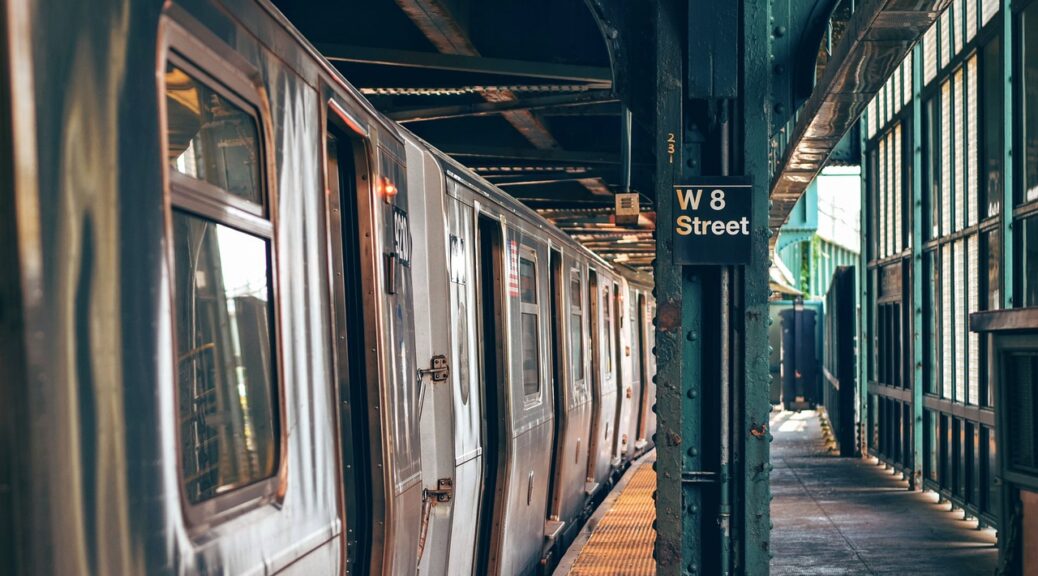
Exploring the Role of Public Transportation in Urban Development and Mobility
Urban development has brought increased mobility to cities worldwide but has also presented several challenges. Traffic congestion, environmental pollution, and urban sprawl have affected the quality of life of city dwellers. In this context, public transportation has played a crucial role in addressing these challenges by providing an alternative mode of transportation for urban residents.
Public transportation systems have proven effective in reducing traffic congestion, promoting environmentally friendly mobility, and supporting urban development. Kevin Brandes will explore the role of public transportation in urban development and mobility.

Public Transportation and Traffic Congestion
Traffic congestion is a common challenge in cities around the world. It causes delays, frustration, and increased air pollution. Public transportation systems have been developed as a solution to address this issue. Public transportation systems provide alternatives to private vehicles, which results in fewer vehicles on the road, reduced traffic congestion, and reduced air pollution. The more people use public transportation, the more the potential for a traffic-free street.
Moreover, public transportation systems are designed to prioritize mass transit over individual vehicles. For example, dedicated bus lanes and light rail lines allow faster travel times than private vehicles stuck in traffic. This not only reduces congestion but also makes public transportation a more efficient mode of transportation.
Public Transportation and Environmental Sustainability
Cities contribute to environmental problems in many ways. Private vehicles significantly contribute to carbon emissions, while industrial and commercial activities cause other environmental problems. Public transportation provides a sustainable method of traveling around the city. Mass Transit Systems run with clean energy-based vehicles, allowing people to travel easily without worrying about environmental degradation.
Public transportation systems have proven to be essential in lowering carbon emissions by providing a lower-carbon alternative for transportation. Public transportation, cycling, and walking also reduce carbon emissions and improve local air quality.
Public Transportation and Economic Development
Public transportation is an essential element of economic development. It helps create jobs as the transportation operators, maintainers, and drivers originate from the same place where the public transportation system is being run. As public transportation enables easy accessibility, mobility, and connectivity across different sectors in the city, it drives economic development by making it easy for people to reach places like markets, shopping centers, and industries.
A well-planned public transportation system aids and drives the development of diverse business districts. It contributes to the development of local businesses and attracts entrepreneurs to invest in the city.
Public Transportation and Social Equity
Public transportation is more than just a means of taking people from one place to another. It bridges locations and cultures, connecting people with different economic and sociocultural backgrounds, making travel more affordable and accessible. It helps cities to be more accommodating and accessible for all residents, regardless of whether they own a car or not. It helps to promote and guarantee social equity and social justice.
Public Transportation and Urban Planning
The provision of public transport facilities affects city planning. City planning, in turn, affects the design and quality of public transport infrastructure and services. Kevin Brandes suggests how it helps reduce traffic congestion, which, in turn, reduces the carbon footprint of cities. The government must incorporate public transportation systems in its urban planning guidelines to ensure that transportation infrastructure is well-developed, sustainable, and inclusive. This helps in creating a safer, cleaner, and more accessible city.
In addition, the availability of public transportation also influences the development and growth of different neighborhoods. Areas well-connected by public transportation tend to see more economic development and population growth than areas with limited public transport access.
Conclusion:
Public transportation plays an integral role in addressing the growing urban environment’s challenges. Kevin Brandes explains it helps reduce traffic congestion, promote sustainable transportation, and support economic and social development. A well-planned and efficient public transportation system means that people can move around cities without adding to the traffic or pollution, making it easy for commuters to reach their destinations easily. Therefore, to help support urban development and mobility, governments should prioritize promoting and investing in public transportation systems. Building a sustainable urban environment that is healthy and inclusive and can contribute to people’s economic and social growth is imperative.